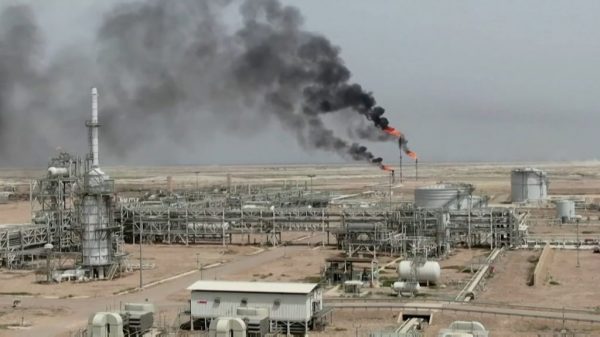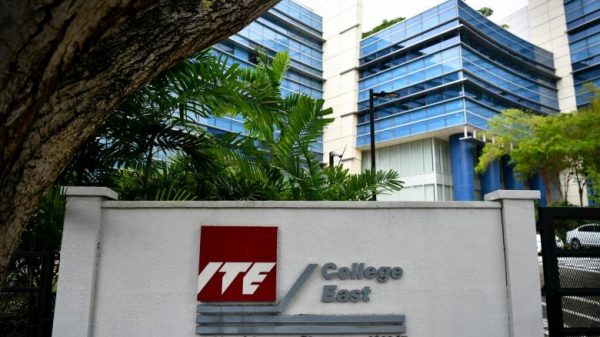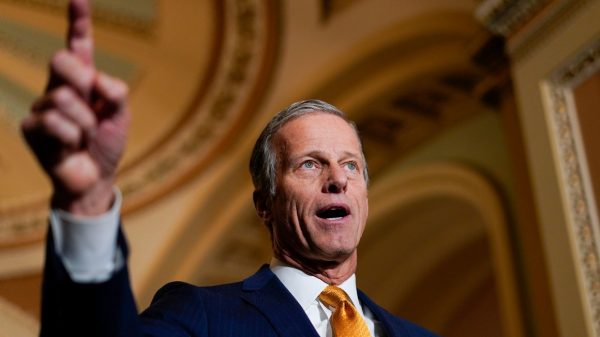Green energy plus inflation, infrastructure and easy money must equal a copper-price rally—at least that seems to have been the thinking of commodity investors, who had helped copper prices nearly double since late 2019.
Over the past week, that optimism has waned. The Federal Reserve, eyeing stubborn supply-chain and labor-market bottlenecks, has begun sending less dovish signals. And China, eyeing skyrocketing commodity costs, has elected to release part of its state copper reserves into the market. That one-two punch has taken copper prices off about 8% since mid-June.
What are investors to make of this? Can the rally really be over so early in the global economic recovery?
Given the likelihood of substantially more U.S. stimulus over the next few years and the hard tack toward green power and electric vehicles, it’s probably too early to say prices have peaked for the cycle. But the next few months could get rocky: Investors inclined to buy the dip might be wise to sit on their hands for now.
The bull case for copper is clear: Mining investment in 2020 was relatively tepid, while demand from copper-intensive green power and EVs seems certain to grow rapidly over the next few years, not only in the U.S. but in China and Europe. Easy money and a weak dollar also tend to feed copper prices.
The problem is that the cyclical demand picture in China, far and away the world’s largest copper user, is less rosy. Credit growth, which tends to lead real-estate investment and heavy industrial output, has been slowing sharply for three months as regulators tighten the screws on overleveraged property developers and the mini-stimulus of 2020 runs out of steam. China’s housing-price rally is showing signs of cooling. And copper inventories at the Shanghai Futures Exchange, while down significantly since May, are still above 2019 levels, according to Wind data. That means buyers might be relatively restrained when restocking, especially if prices don’t fall further from current still-high levels.
Add in Chinese regulators’ determination to curb commodity prices and any further price gains for copper this year would have to come on the back of a more dovish Fed or accelerating growth outside China. Of those two, only the latter really seems likely—and might not be enough to offset weaker Chinese demand.
The surge in green-energy investment is surely coming, but for now President Biden’s infrastructure ambitions remain tied up in Congress and Chinese demand remains the crucial swing factor for copper. Barring a much larger-than-expected infrastructure deal or breakneck global growth in the second half of 2021, copper bulls should consider dismounting for the time being.
Write to Nathaniel Taplin at nathaniel.taplin@wsj.com
Copyright ©2020 Dow Jones & Company, Inc. All Rights Reserved. 87990cbe856818d5eddac44c7b1cdeb8













































